In the world of recycling and sustainability, “downcycling” is a term that comes up often. But, not everyone understands what it means or why it matters. Downcycling plays a significant role in the lifecycle of materials and products, influencing both the environment and resource usage. This post will explore what downcycling is, its implications, and how we can prevent it to promote a more sustainable future.
Read More ➥Tag: recycle
bookmark_borderWhat is Wishcycling? (And How To Avoid It)
Hey earth muffins! Recycling is an essential practice that helps conserve resources and reduce waste. However, an increasingly common phenomenon known as “wishcycling” has emerged, undermining the effectiveness of recycling efforts. To avoid wishcycling and contribute to more effective recycling practices, here are a few things to keep in mind:
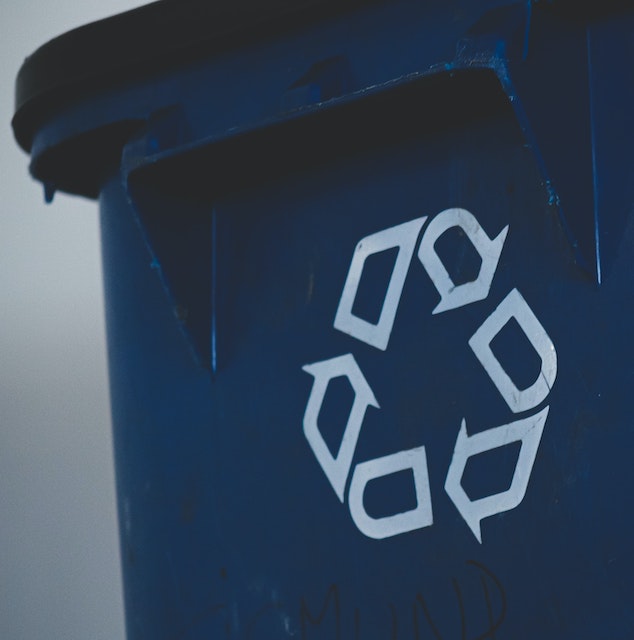
So, What is “Wishcycling”?
“Wishcycling” refers to the act of placing items in the recycling bin with the hope that they will be recycled, even if they are not accepted or recyclable in your local recycling program. While the intention behind wishcycling is often positive, it is definitely the way to NOT recycle. It can lead to contamination, higher costs, and ultimately undermine recycling systems. It should be avoided at all costs!
Read More ➥bookmark_borderUnderstanding The Recycling Symbol (and Why It SUCKS!)
Hey earth muffins! Happy Plastic Free July! 🌎 🎉 This month is a great time to focus on plastic-free living to reduce your consumption of plastics in your daily life. I personally have a goal to reduce plastics as much as possible; but, I know that I will still encounter some plastics this month and beyond. So will you! To prevent these from ending up in the landfill, it is important to recycle anything that you can. Today, I will be sharing everything you need to know about the recycling symbol.

What is the Recycling Symbol?
I am 99.99% sure that you have seen this symbol before. ♻️ It seems to be everywhere in the eco community and is automatically associated with anything to do with recycling. The three arrows of the symbol represent the three steps of the recycle process:
Read More ➥bookmark_borderThe Ultimate Guide to Recycling Properly! ♻️
Hey earth muffins! While recycling isn’t the perfect solution to saving the planet, it is better than having plastic end up in the landfill. I urge you to choose reduce and reuse before recycle; but, it is still good to get in the habit of recycling. This is especially true if you have a great recycling plant near you! 😊 I am lucky enough to live in a place where most things can be recycled. So, I have created a list of my top tips for you all. Here is the ultimate guide to recycling correctly and effectively!
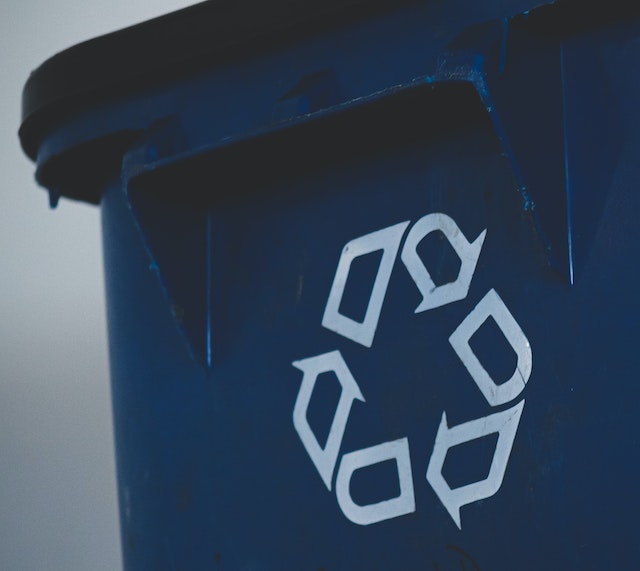
Don’t be a “wishcycler” – know what you can actually toss in the bin!
Depending on where you live, certain things can and canNOT be recycled. This normally depends on the size/location of your recycling plant. Avoid being a “wishcycler”, defined as someone who adds an item into the recycle bin without knowing if it can actually be recycled. While the act itself is in good spirit (hoping that the item can be recycled), this can lead to issues at the recycling plant. For accurate information on what can be accepted, consider reaching out to an eco-friendly center like Corridor Recycling, which offers comprehensive recycling services and can guide you on the right items to recycle. Take the time to learn what your recycling center actually accepts. While it can be hard to throw away something that could be recycled in another city, it prevents against ruining a batch of recycling or having staff at the center throw it away for you. You bought the item, so you need to dispose of it correctly!
Make sure your recyclables are clean and dry.
Back in 2020, I wrote about how NOT to recycle. In that post, I mentioned that you need to avoid throwing any dirty or wet items into the recycle bin. This is a must if you are trying your best to recycle properly! Having nasty pieces of food in metal cans or sticky drops of soda in glass bottles is a no-no. Exactly how are food particles, water, etc. “recyclable”? Precisely – they aren’t! Take care to dry off any items you wash off.
Learn how to identify the different types of plastic!
Just because an item has the “recycle arrows” on the bottom does NOT mean it can be recycled! ♻️ I had no idea about that until I started my eco journey a few years ago! The number inside the arrows can be used to identify what type of plastic the item is made from. If your local recycling center takes plastics #1-4, do NOT recycle any #5 plastics. This is also helpful when you are shopping; only buy the types of plastics that you know can be recycled in your city! If you are interested in learning more about how to identify plastics, check out this helpful article.
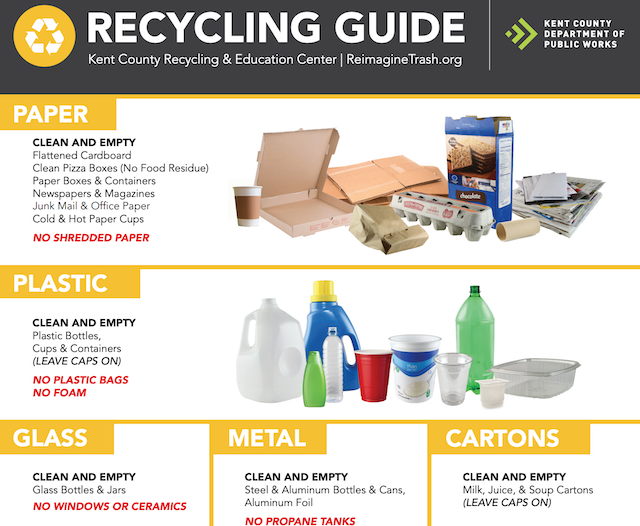
Keep your recycle bin full of loose items.
Unlike trash, you do NOT want to use plastic bags for your recycling. An essential tip for this guide to recycling: your bin should be full of loose items! This will ensure that the machines do not get stuck on small items such as plastic bags. Plus, it helps with sorting materials to ensure they are all recycled properly. If you have a bag full of metals, glass, and plastic, how can you be sure all of the items get separated? I live in an apartment building, which means we have a shared recycle bin downstairs. I carry my recyclables down in a paper bag and then dump out the bag into the bin before also throwing in the paper bag. My parents have a small recycle bin in the kitchen that gets dumped into a larger bin in the garage – do what works best for you!
Make sure you return cans/glass bottles to a can return.
If you live in a state with a bottle deposit, take those cans and bottles to the can return! Firstly, you get money back just by returning the cans. And, the can returns already have partnerships with companies who will take the returned cans/bottles for recycling. This guarantees that your recyclables are being reused, which is the whole aim of recycling to begin with! If you are looking for a way to make some extra money, getting cans from people in your neighborhood is a nice way to earn a few extra dollars as well.
Stay conscious of your plastic choices; recycling shouldn’t be your first choice!
As I mentioned in the beginning of this post, recycling shouldn’t be your first step on your eco journey. It is crucial to reduce your consumption to avoid plastics to begin with! It is currently Plastic Free July, so take some extra steps this month to limit your plastic intake. Check out my top 10 easiest sustainable swaps if you are stuck on what to tackle first!
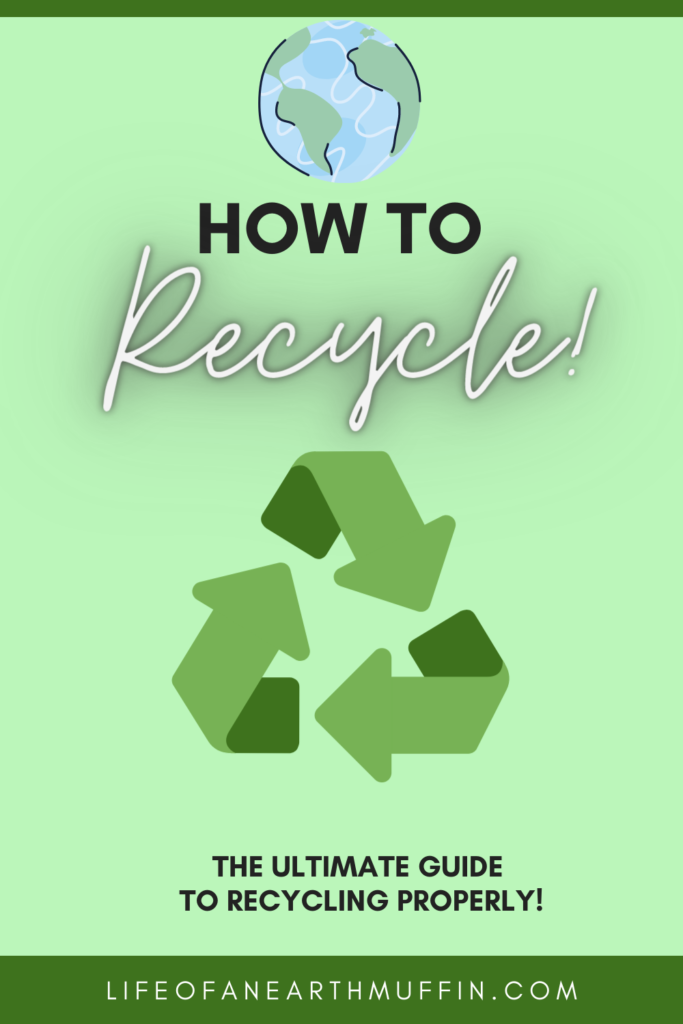
Final Thoughts on This Guide to Recycling
I hope this guide to recycling was helpful for you all! While not the best option, recycling is a good place to start for any newbie earth muffins. 😊 The most important thing is to know what your local recycling center accepts! Once you know the rules, only recycle dry, clean, and acceptable items. It’s as easy as that! After you master recycling, make sure you spread these tips to your family and friends too. I know I’ve definitely had to teach people the correct ways of recycling. Do you recycle??
Love,
Jenna ♥
bookmark_borderHow to Recycle Davids Natural Toothpaste METAL Tube
Hey earth muffins! Back in January, I wrote a review post about Davids Natural Toothpaste. This product comes in a metal tube (affiliate link), which is incredible for us eco-friendly folks! Plus, the toothpaste itself is awesome; my teeth feel clean and look so white from the baking soda. 😊 My first tube of this toothpaste ran out a few weeks ago, so I thought I would share how to recycle it. You obviously can’t just throw the tube in the recycle bin with leftover paste inside… So this post will take you through all the steps to recycle your Davids natural toothpaste correctly. Let’s jump right into it!
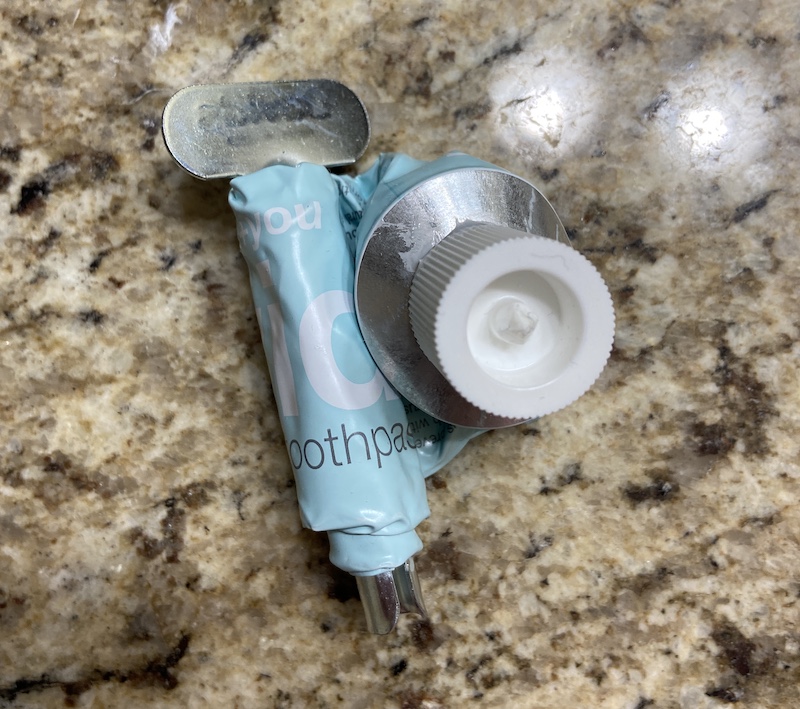
Can it all be recycled?
The tube is metal which can be recycled at most recycling centers. However, make sure you know your local recycling center rules! “Wishcycling” something that can’t actually be processed by the site can cause problems for the whole batch of recycling… Definitely a no-no when trying to recycle properly! So, make sure you know what your local center accepts.
According to the Davids natural toothpaste website, the toothpaste cap is made from Symbol #2 plastic. Again, this may or may not be accepted by your local recycling center. It is recyclable where I live, which allowed me to recycle both the tube and cap! 🎉 Like I mentioned in the review post, the toothpaste also comes with a metal key that rolls up the tube and ensures you get everything out of it. This is made of the same metal as the tube, which means you will probably be able to recycle it as well. However, I decided to keep mine; it seems like it will be useful for other products too!
How to Recycle Your Davids Natural Toothpaste Tube
Step 1: Unroll the tube of toothpaste and take off the key. Take some scissors and cut off both ends of the tube. At the top of the tube near the cap, try to cut as close to the top as possible.
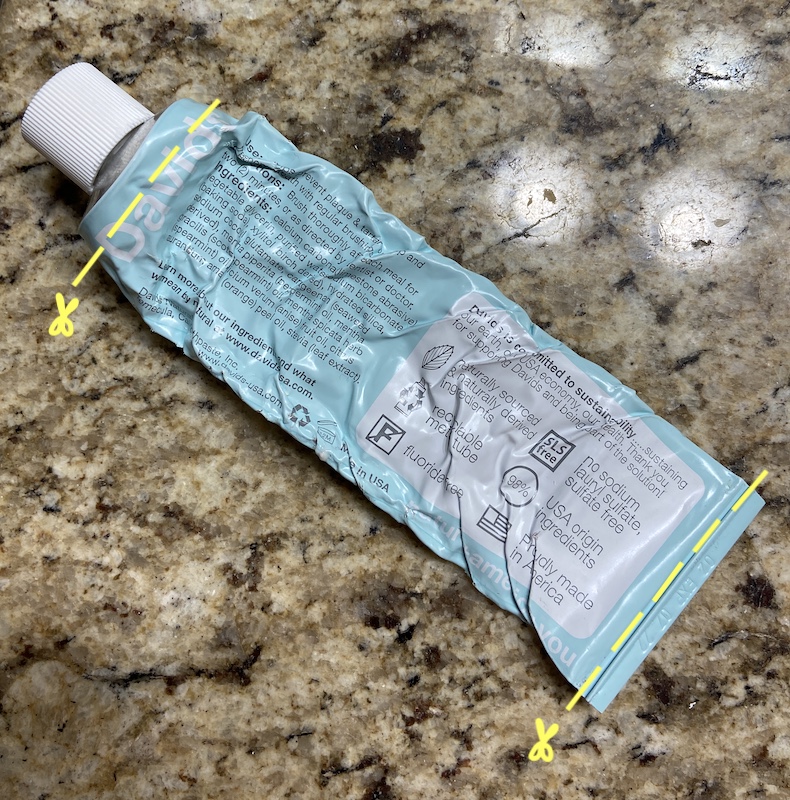
Step 2: Cut a long slit up the length of the toothpaste tube. Be careful! The tube is metal, so you don’t want to cut yourself by accident. Once you have made the cut, carefully open up the metal to reveal the extra toothpaste inside.
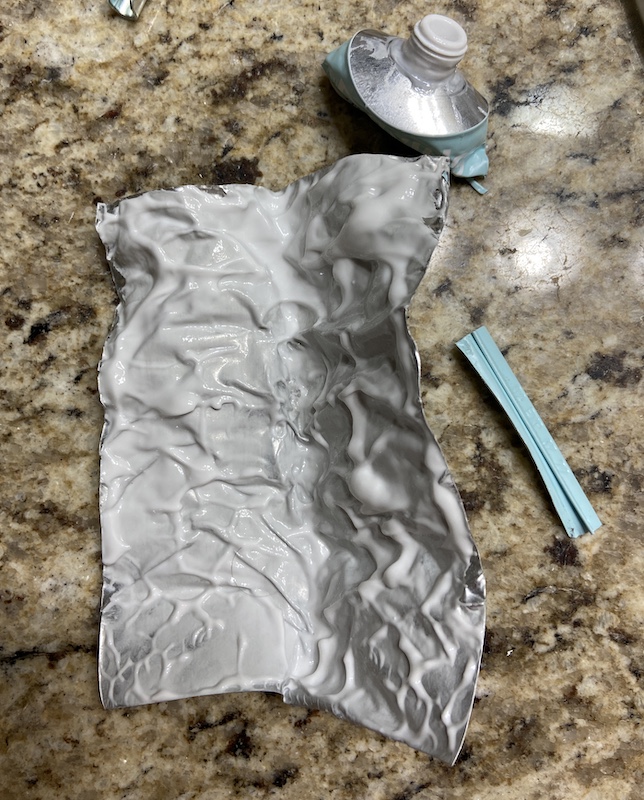
Step 3: Once it has been cut open, you should have four pieces: the long metal piece, the bottom sliver, the top part, and the plastic cap. Wash all of these pieces out in the sink. My kitchen sink has a spray attachment, which was super helpful for getting in those hard to reach areas! Make sure you get all of the toothpaste off, as dirty metal can also contaminate a recycling batch.

Step 4: Now that the tube is clean, I placed the small bottom sliver into the large metal piece and folded it in half again. This will make sure the bottom piece gets recognized as metal at the recycling plant. Lastly, place everything into the recycling bin and bust out your next tube of Davids natural toothpaste (affiliate link). Congrats, you successfully recycled!
Overall Thoughts
I was so excited to find this toothpaste in metal. Sure, it takes a few minutes to get it ready for the recycling bin; but, it is amazing that a product like this exists! 🌎 ❤️ I will definitely continue to buy it because it allows me to reduce my landfill waste and opt for something much more eco-friendly. Plus, the toothpaste itself works really well too! Overall, I hope you all make the swap and use this post as a guide to recycle the tube correctly. Thanks for reading!
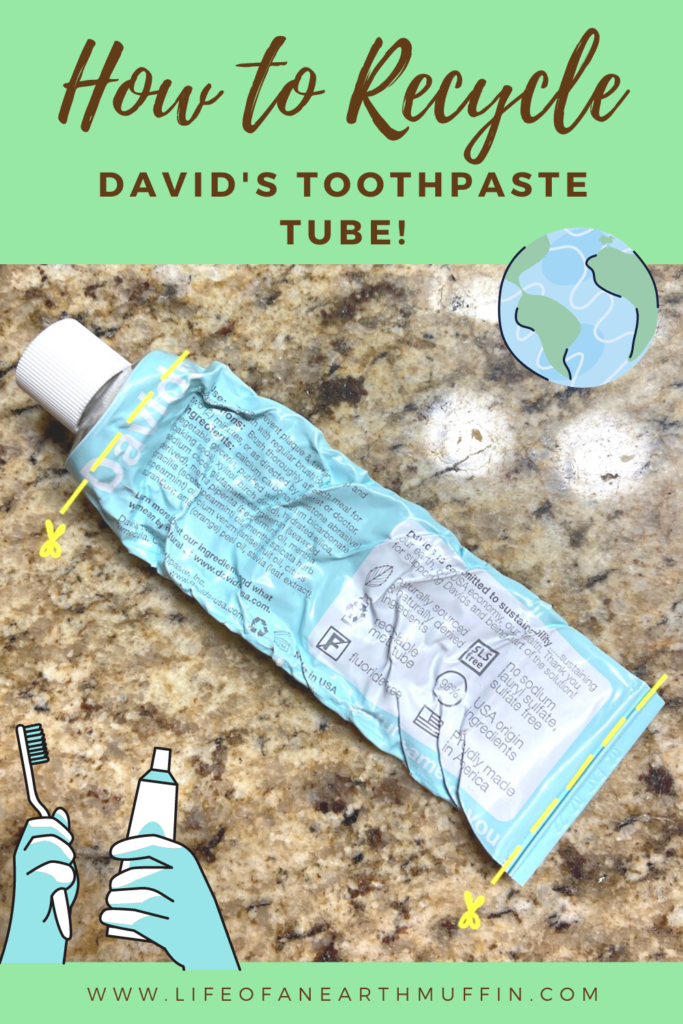
Love,
Jenna ♥
bookmark_borderHow to NOT Recycle: Things to Avoid Doing
Hey earth muffins! When I talk to people about sustainability, the topic of recycling is usually one of the first things to come up. “Oh, I do my part because I recycle”, “I think recycling is enough”…. I hate to break this to you all, but recycling shouldn’t be what you start with when beginning an eco journey. While there are positives to recycling, there are also a whole bunch of negatives (but that is a whole post for another time). Along with that, many people don’t actually recycle correctly; this means some things you think you are recycling might actually end up in the landfill. To help improve your recycling habits, I thought I would share a few tips on how to NOT recycle. ♻️
1. DON’T recycle everything and make sure you know your local recycling center’s rules!

Some cities have amazing recycling plants in place, others have none. The rules of what can (and cannot) be recycled will be different depending on where you live. Usually a quick google search of “YOUR CITY recycling rules” will do the trick. Many places have easy to read guides and PDFs with plenty of visuals to help aid you in your recycling. Take time to read through it and understand what types of materials can be recycled in your city. This is extremely important when recycling plastic. If you are new to identifying what plastic type an object is, I suggest reading this recycling guide.
2. DON’T forget to wash out your containers! 😬
If you leave chunks of food in the metal can or plastic jar that you are trying to recycle, it will not be able to be recycled… And it could contaminate the whole batch of recycling as well! Best practice is to dump that extra food in your compost bin, rinse it out with water, let dry, and THEN place in the recycle bin.
3. DON’T bag your recyclables – keep things loose out there!
While trash is put into bags when taken to the landfill, it is important to keep recyclable items loose. Putting your recycling into bags makes it difficult to sort at the center; definitely how to not recycle for sure! Many recycling centers don’t even accept loose plastic bags because they have the tendency to get stuck in sorting machines. If you live in an apartment (like me) and have to bring your recycling down to a shared drop off container, I suggest finding a container that you can easily carry down to dump. I use a plastic secondhand crate that a friend gave me a long time ago – it works great! 🌎❤️ Having everything loose allows your center to do its job efficiently and effectively, which is all we can hope for when recycling!
4. DON’T recycle tiny pieces of aluminum foil.
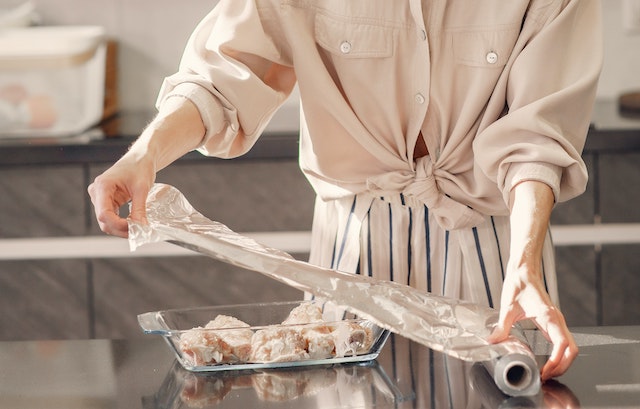
The reason for no plastic bags is similar to throwing small amounts of aluminum foil into the recycle bin… It might not get caught in the machines, but it most likely will not get sorted correctly. If your center allows you to recycle aluminum foil, save your pieces and turn them into a ball. Once the ball is a large size, it can easily be recycled. 😍 Note that it is extremely important to make sure the foil is free of food/liquids when doing this as well!
5. DON’T get lazy with your recycling habits.
If you don’t know if an item can be recycled, don’t put it in the bin. Don’t put it in the bin even if you wishfully think it might be able to be recycled. If you don’t do the research on if it can be recycled, don’t put it in the bin!! Sure, recycling might take a few more minutes than just throwing it in the trash… But, recycling centers can only be as good as the people inputting the materials to be recycled. It is your responsibility to take ownership of the recycling bin in your house! 😊 If Google can’t help you figure out something you want to know, try calling your local recycling center – they will have the answer you need!
6. DON’T assume everyone else is recycling – do your part!
“One person can’t make a difference”. “My family recycles so I don’t need to”. I’ve heard so many excuses for not recycling. Even if 98% of your network is already recycling, you can still increase that percentage! There is no reason why you shouldn’t take the time to help the planet. Again, recycling has its flaws; but, it is still a great way to do your part! 😊
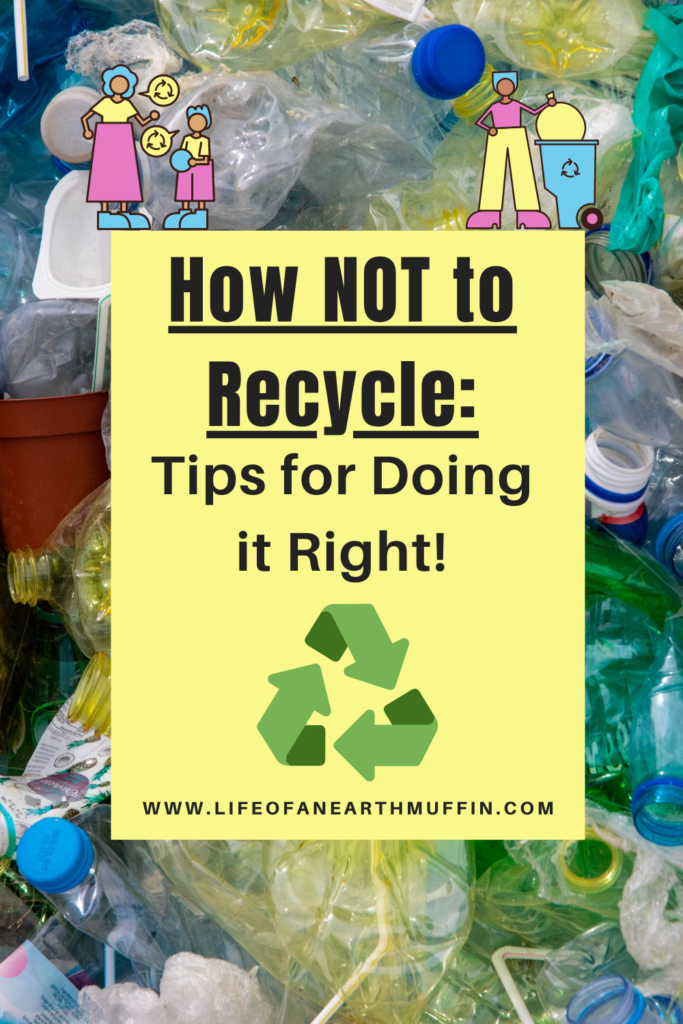
Love,
Jenna ♥
